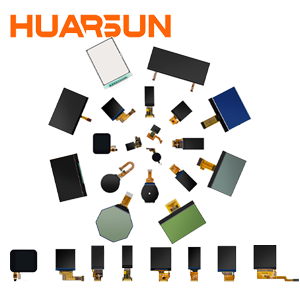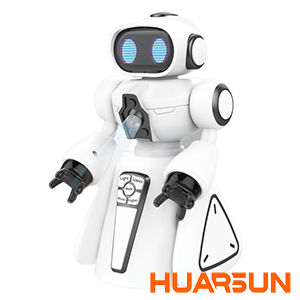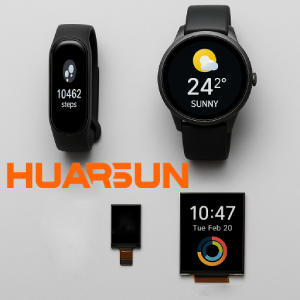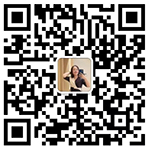Introduction: Smart Bottles as a Market Signal
In the last two years, “smart water bottles” equipped with small LCD or AMOLED screens have appeared across platforms like Alibaba and Amazon. These bottles do more than hold water—they show temperature readings, hydration reminders, or Bluetooth connection icons on their small display. What looks like a simple gimmick is actually a market signal: consumers expect everyday products to provide real-time feedback through screens.
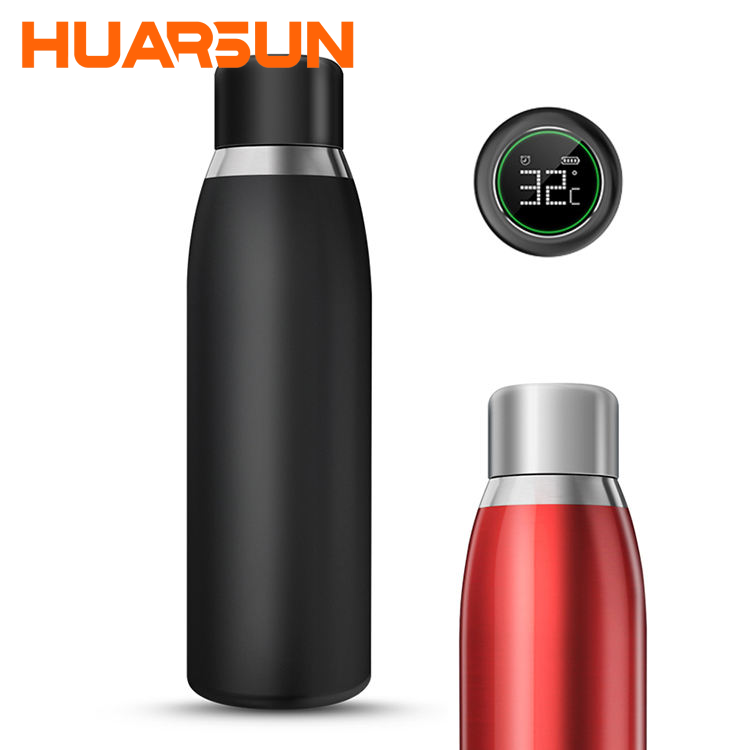
The rise of small display modules (0.39''–10'') in lifestyle products shows how demand is expanding beyond traditional consumer electronics. The smart bottle, like a test case, is quietly forecasting the display industry’s next moves.
From Utility to Interaction
Traditional thermos bottles served one purpose—keeping water hot or cold. But once users wanted to see the water temperature or connect their bottle to a smartphone app, a display became the most efficient solution. A 1.3'' TFT LCD screen or 0.96'' PMOLED module instantly transforms the user experience from passive to interactive.
This same logic applies to countless other devices: wearables, e-cigarettes, smart home gadgets, or even automotive cup holders. Interactivity is the keyword, and displays are the enabler.
Technology Support: How Small Displays Caught Up
The adoption of displays in everyday objects would not have been possible a decade ago. Back then, small AMOLED and TFT LCD modules were costly and limited to premium smartphones. But the supply chain in China has optimized production, reducing costs while offering stable quality. Now, manufacturers can choose:
-
TFT LCD screens (0.96''–10''): Affordable, mature, sunlight-readable options for mass production.
-
AMOLED panels (0.39''–6''): High-contrast, thin form factor, ideal for wearables and premium devices.
-
PMOLED mini displays (0.39''–1.5''): Low-power, compact solutions for icons and text.
For instance, a 2.4'' TFT LCD module with SPI interface can now cost less than $5 in volume, enabling startups to integrate screens into water bottles or handheld gadgets without breaking the budget.
Interface Choices Matter: SPI, I2C, RGB, MIPI
Choosing the wrong interface is one of the most common mistakes engineers make when sourcing TFT LCD modules from China. A 1.44'' SPI TFT display is easy to integrate into microcontroller projects, but it cannot handle the high frame rates needed for complex graphics. Meanwhile, a MIPI AMOLED display (1.1''–6.0'') requires more advanced processors but delivers smartphone-grade visuals.
-
SPI TFT LCD: Simple wiring, lower data rate. Perfect for smart bottles, thermostats, small gadgets.
-
I2C Displays: Rare for full-color TFT, but sometimes used in monochrome OLED modules.
-
RGB Interface TFTs: Common in 3.5''–7.0'' LCD panels for automotive or industrial use.
-
MIPI AMOLED: High-speed, slim, used in wearables and next-gen devices.
Keyword insight: Searches for SPI TFT vs MIPI TFT and 1.3'' AMOLED vs TFT are trending in international sourcing. Engineers want clarity before committing to mass production.
Application Expansion Beyond Bottles
The same 0.96'' TFT LCD used in a smart bottle can also appear in a fitness tracker, while a 7.0'' TFT LCD with RGB interface might power a vehicle infotainment system. This cross-application versatility is why in-stock display modules are so attractive to global buyers.
Examples include:
-
Wearables: 1.1'' AMOLED for premium smartwatches.
-
Healthcare: 2.4'' TFT LCD for portable ECG monitors.
-
Automotive: 7.0'' TFT screen with MIPI or RGB.
-
Consumer lifestyle: Smart bottles, vaporizers, handheld translators.
Each of these relies on the same scalable supply chain in China, where custom LCD FPC, driver IC, and backlight adjustments can be engineered rapidly.
Procurement Pain Points in China Sourcing
Despite the opportunities, buyers often face challenges when sourcing TFT LCD screens from China:
-
Fake "factories": Middlemen claim stock but outsource production, leading to delays.
-
Interface mismatch: Buyer orders a 2.4'' TFT LCD, but receives one with a different IC or pinout.
-
False in-stock claims: Suppliers list “ready to ship” but actually need 2–3 weeks.
-
Lack of documentation: No datasheets, drawings, or driver support.
These issues cost startups valuable time. For fast-moving consumer products like smart bottles, a 2-week delay can kill a launch schedule.
Why In-Stock TFT LCD Modules Change the Game
This is where real factories with inventory make the difference. A supplier offering in-stock TFT LCDs (0.96''–3.5'') can immediately support:
-
Sample testing (10–50 pcs)
-
Pilot runs (100–500 pcs)
-
Scaling up without requalification delays
Buyers searching for TFT display in stock or ready-to-ship LCD China already know that time-to-market is as critical as price.
Trend Summary: Displays as the New Interface Standard
The trajectory is clear: from smart bottles to wearables, from 0.39'' PMOLED icons to 10'' TFT dashboards, displays are no longer optional. They are the core interface of the user experience.
As consumers demand more interactivity, the real battle is not just about the product design, but about who can secure the right TFT LCD and AMOLED displays at the right time. Factories with inventory, engineering support, and custom FPC options will become the backbone of this new wave of innovation.
In other words: small displays are shaping big markets.
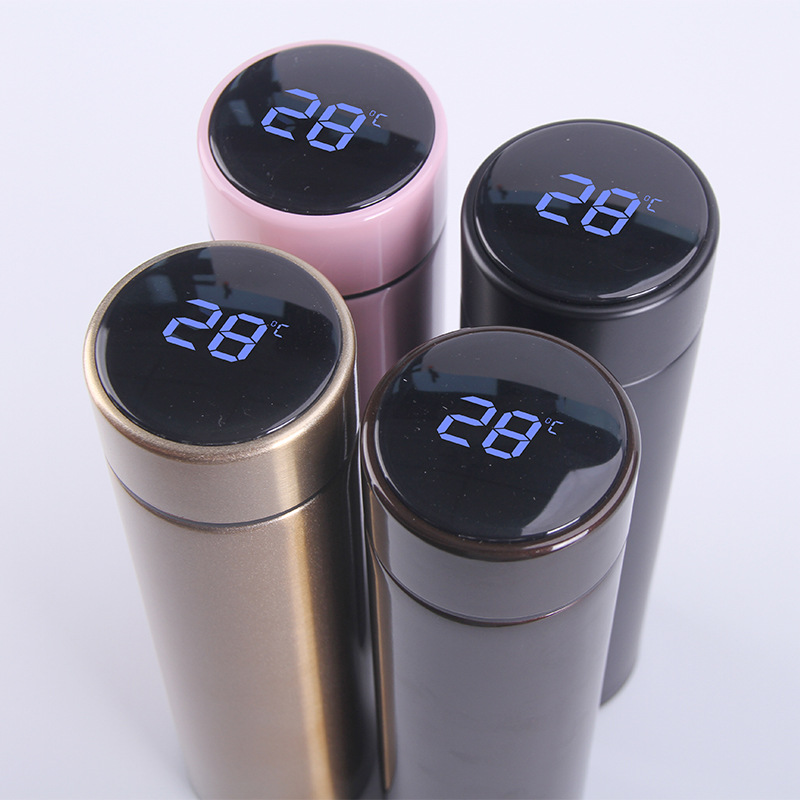









 Home
Home HEM LCD
HEM LCD  Aug 25,2025
Aug 25,2025 
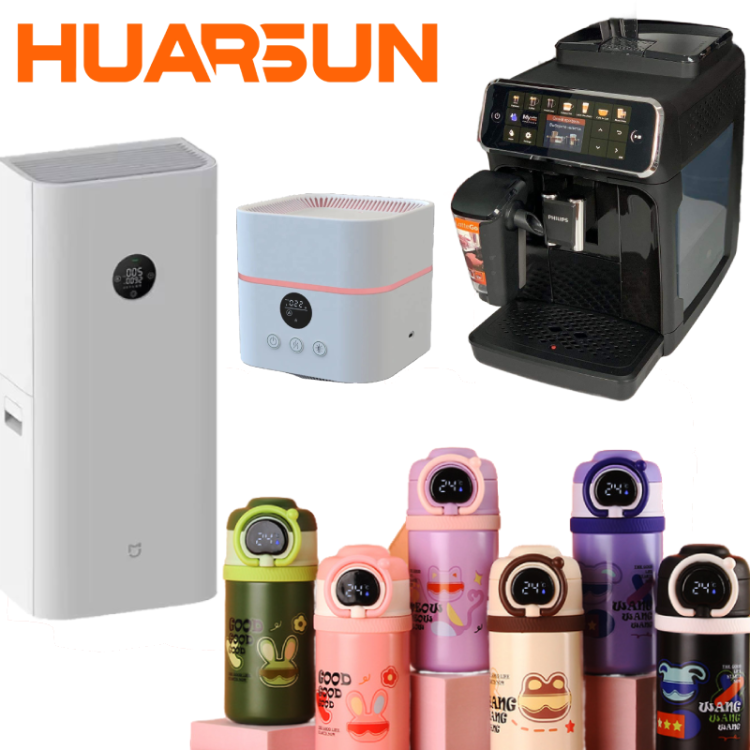
 Small TFT LCDs (0.39''–2.4''): Shaping Smart Toys and Wearables
Small TFT LCDs (0.39''–2.4''): Shaping Smart Toys and Wearables 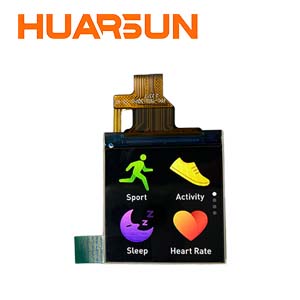
 May 22,2025
May 22,2025 
